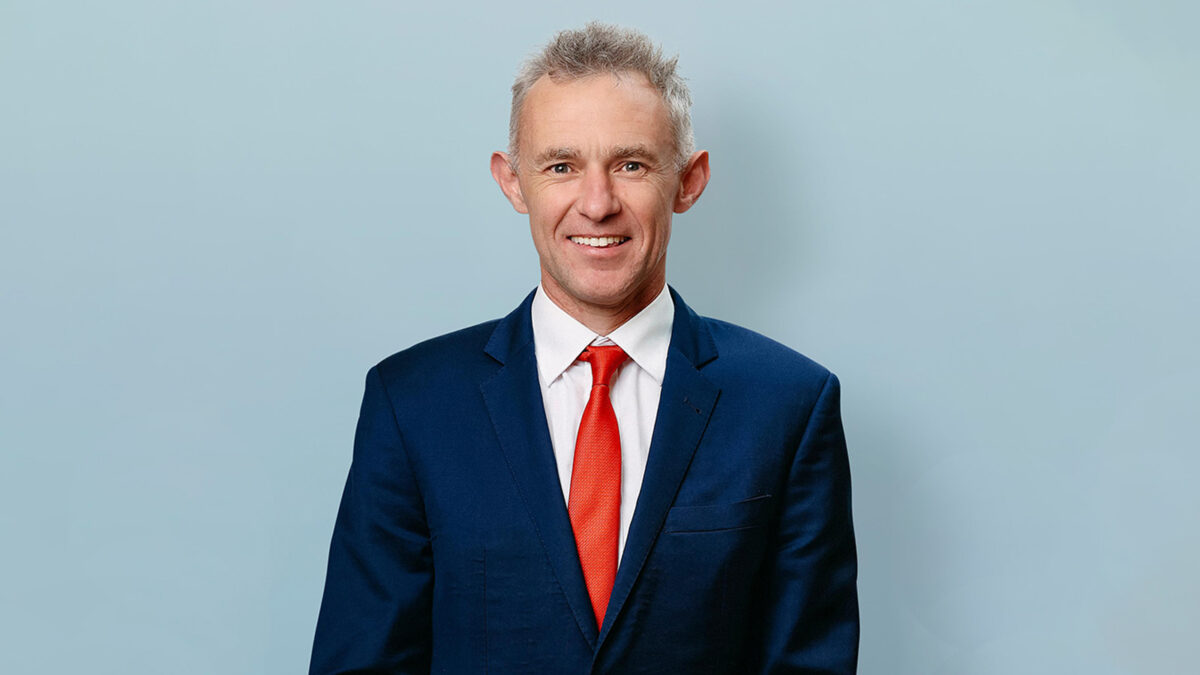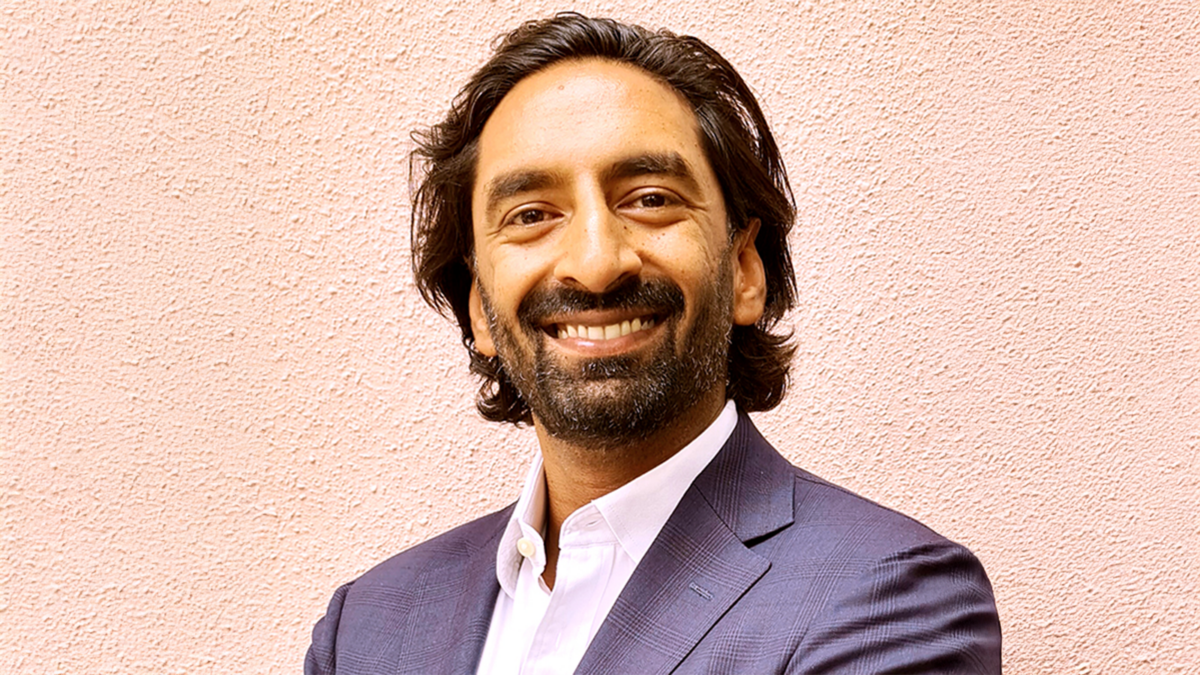Australian investors set to benefit from the private equity secondaries market
While it may not be that familiar to the Australian retail and wholesale investment channel, the private equity secondaries market is growing at a phenomenal rate globally and fast becoming an integral part of the scaffolding that supports the broader market ecosystem.
Secondaries were relatively nascent until about 15 years ago but have gained considerable momentum in the wake of the global financial crisis as institutional investors sought ways to generate liquidity within their private equity portfolios. While the secondary market is a fraction of the roughly $9 trillion primary market, it is growing rapidly, from US$21 billion of transactions in 2010 to US$113 billion in 2023.
A secondaries market provides institutional investors, like superannuation funds, and private equity fund managers a vital way to gain liquidity without selling the assets off holus bolus.
Speaking with The Inside Adviser, Coller Capital director and head of Australia David Hallifax says that the basic concept of secondaries is actually a simple one.
“A secondaries market is simply the function of any large pool of capital. An analogy would be the ASX,” he says, where a company IPO should be seen as the primary market. Once the company is listed and you get mums and dads buying shares in the company, they are doing so on the secondary market. Alternatively, think of the real estate market. The person that builds a new house is the primary investor, but when they sell that on to a new owner, it’s done via the secondary market.”
Secondary transactions are initiated when either an institutional investor (known as a Limited Partner or ‘LP’) or a fund manager (known as a General Partner or ‘GP’) wants to liquidate some or all of their private equity investments.
“The institutional investor might want to sell a portion of their underlying portfolio in order to re-weight or reduce their allocation to private equity,” he continues. “This is usually a portfolio rebalancing decision with the secondary manager as the buyer.”
“Conversely, a fund manager might need to return money to its underlying investors as the term of the closed ended fund has reached the end of its lifecycle (i.e. 10-15 years) but they would rather hold onto one or two remaining assets in the fund that they still value highly,” Hallifax explains. “So instead of selling these prized assets on the open market, potentially to a competitor, they’ll come to a secondary manager who takes ownership of those assets within a new ‘Continuation Fund’. In turn they’ll provide some liquidity to the fund manager and their underlying investors.
“In both these examples, the secondary manager is able to price these funds accordingly, and often at a discount to Net Asset Value.”
That discount is a key feature of the secondaries market and one of the reasons why this market turned over nearly US$120 billion last year. Not only can secondaries players pass these discounts to clients, but those same clients benefit from more immediate returns because the assets in play are generally long-established and don’t require a run-up to profitability.
“You tend to avoid that J-curve return profile, so there isn’t the typical return lag you might get from the primary market,” Hallifax says. “You also avoid the blind pool risk because you know exactly what assets are being acquired, and secondary funds generally give you immediate diversification because typically they consist of hundreds of underlying funds and thousands of underlying companies.”
Investors with access to the secondaries market therefore benefit from the twin pillar benefits of risk mitigation and upside return potential.
Coller Capital, founded in 1990, pioneered the secondaries industry and will enter the Australian market with a perpetual private equity secondaries fund in October. According to Hallifax, the rollout is a natural extension of the booming private capital market and one that will benefit providers and investors alike.
“Secondaries should be a core allocation in client portfolios given the risk and return benefits and historically has been the initial building block for many institutional investors in their private market portfolios.” he says. “I think the Australian market appreciates a specialist in this unique asset class and we are seeing strong demand.”











